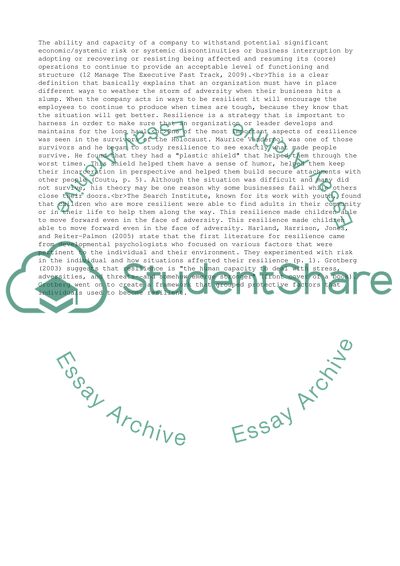Cite this document
(“Leadership and Resilience within the Business Organization Research Paper”, n.d.)
Leadership and Resilience within the Business Organization Research Paper. Retrieved from https://studentshare.org/management/1725820-leadership-and-resilence
Leadership and Resilience within the Business Organization Research Paper. Retrieved from https://studentshare.org/management/1725820-leadership-and-resilence
(Leadership and Resilience Within the Business Organization Research Paper)
Leadership and Resilience Within the Business Organization Research Paper. https://studentshare.org/management/1725820-leadership-and-resilence.
Leadership and Resilience Within the Business Organization Research Paper. https://studentshare.org/management/1725820-leadership-and-resilence.
“Leadership and Resilience Within the Business Organization Research Paper”, n.d. https://studentshare.org/management/1725820-leadership-and-resilence.


